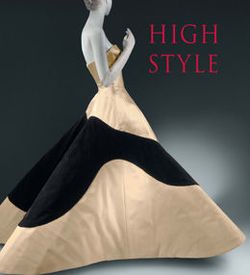Pantsuit
Design House Schiaparelli French
Designer Elsa Schiaparelli Italian
Not on view
During the 1930s, it was very uncommon to see a woman wearing pants. Suits offered by couturiers almost always consisted of jackets and skirts. Pantsuits exuded a masculine sensibility, and although some designers offered versions of bifurcated skirts, with the aid of extra fabric they essentially looked like skirts. Although such Hollywood stars as Katharine Hepburn and Marlene Dietrich (a frequent Schiaparelli client) wore pants during the 1930s, pants and pantsuits were not considered acceptable for women until the 1970s. Only the most unconventional designer would offer a straightforward pantsuit, and only a fearless woman would wear it. This suit, from the late 1930s, was worn by Millicent Rogers, a stylish client of Schiaparelli's who possessed an enviable level of fashion bravado and owned several Schiaparelli pantsuits that are also in the Brooklyn Museum collection. A good example of Schiaparelli's tailored jackets, which she was known for, the orientation of the pockets is also reminiscent of the "desk" suit jacket made for the winter 1936-37 collection in collaboration with Salvador Dalí. The oversized leather buttons are an example of Schiaparelli's practice of using unexpected closures, and in this case, in a material not commonly used for buttons.
This image cannot be enlarged, viewed at full screen, or downloaded.


